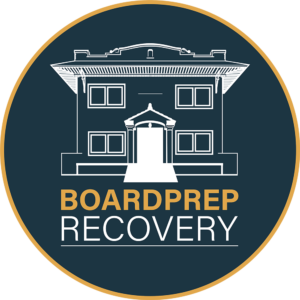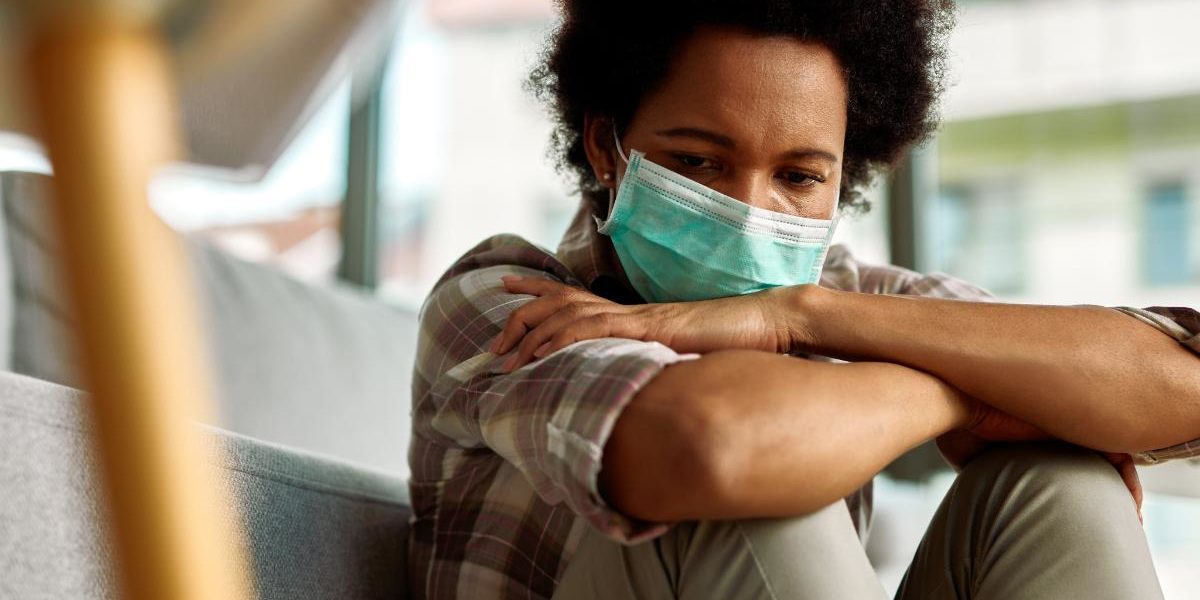A new study by the National Institute on Alcohol Abuse and Alcoholism (NIAAA), published in the Journal of the American Medical Association, concludes there was a marked increase in alcohol-related deaths during the first year of the pandemic – more than 99,000 in 2020, which is a 25% increase from the nearly 79,000 fatalities associated with alcohol in 2019.[1]
This dramatic spike in alcohol-related deaths is particularly troubling when comparing it with the much lower average annual increase of 3.6% between 1999 and 2019, including a 5% rise between 2018 and 2019.
The study’s authors identified a number of factors they found associated with the significant increase:
- A substantial escalation in “drinking to cope with stress”
- Elevated rates of binge drinking
- Increased numbers of emergency room visits for alcohol withdrawal
- Delays in getting alcohol use disorder (AUD) treatment.
When speaking with The New York Times, Dr. Aaron White, a senior scientific adviser at the National Institute on Alcohol Abuse and Alcoholism and one of the study’s authors, said, “The assumption is that there were lots of people who were in recovery and had reduced access to support that spring and relapsed. Stress is the primary factor in relapse, and there is no question there was a big increase in self-reported stress, and big increases in anxiety and depression, and planet-wide uncertainty about what was coming next. That’s a lot of pressure on people who are trying to maintain recovery.”[2]
The NIAAA researchers analyzed data from U.S. adult death certificates, focusing on fatalities that included alcohol as a contributing factor. (They indicated a small number also involved COVID-19.)
Of note to the study’s authors was the fact that this spike was seen across all age groups, equally among men and women, and every ethnicity and racial group. The largest change in 2020 was found among 25-to 44-year-olds: a rise of nearly 40% in alcohol-related deaths.
One neuroscientist at the National Institute on Alcohol Abuse and Alcoholism stated it’s not abnormal for people to drink more when they’re under increased stress, and further, the pandemic took away many of the outlets people have for coping with stress.[3]
White added to The New York Times, “Based on the available data for 2021, alcohol-related deaths remained high during the second year of the pandemic. Maybe they’ll go back down. But this could be the new norm.”[4]
When looking at the country’s total alcohol sales by volume, he pointed out there was an increase of nearly 3% in the U.S. in 2020, which was the largest annual increase in sales since 1968. “If the trends continue, more focus should be placed on teaching people how to cope with stress in a healthier way.”[5]
Dr. Katherine Keyes, a professor of epidemiology at Columbia University, observes, “The crisis has actually been brewing for years, as drinking among adults has been increasing. Mental health struggles were also becoming more prevalent before the pandemic, making people more susceptible to substance abuse. (But) as with many pandemic-related outcomes… the trend accelerated in 2020, as some of the motivations to drink changed: Stress-related drinking increased, and drinking due to boredom increased.”[6]
White concluded, “We are entering an era in public health where we are talking more about promoting wellness and building resilient people. What we are doing now is not sufficient. We need to help people live meaningful, purpose-filled lives.”[7]
[1] Journal of the American Medical Association: “Alcohol-Related Deaths During the COVID-19 Pandemic.” Mar. 2022.
[2] Rabin, R.C. “Alcohol-related Deaths Spiked During the Pandemic, Study Shows.” NY Times. 3/22/22
[3] WNYT-TV Staff. “Alcohol-related Deaths Spike During Pandemic.” WNYT. 3/22/22.
[4] Rabin, R.C. “Alcohol-related Deaths Spiked During the Pandemic, Study Shows.” NY Times. 3/22/22
[5] Ibid.
[6] Ibid.
[7] Ahmed, Tasnim. “Alcohol-related deaths in the US spiked more than 25% in the first year of the pandemic, study shows.“ CNN. 3/18/22.







